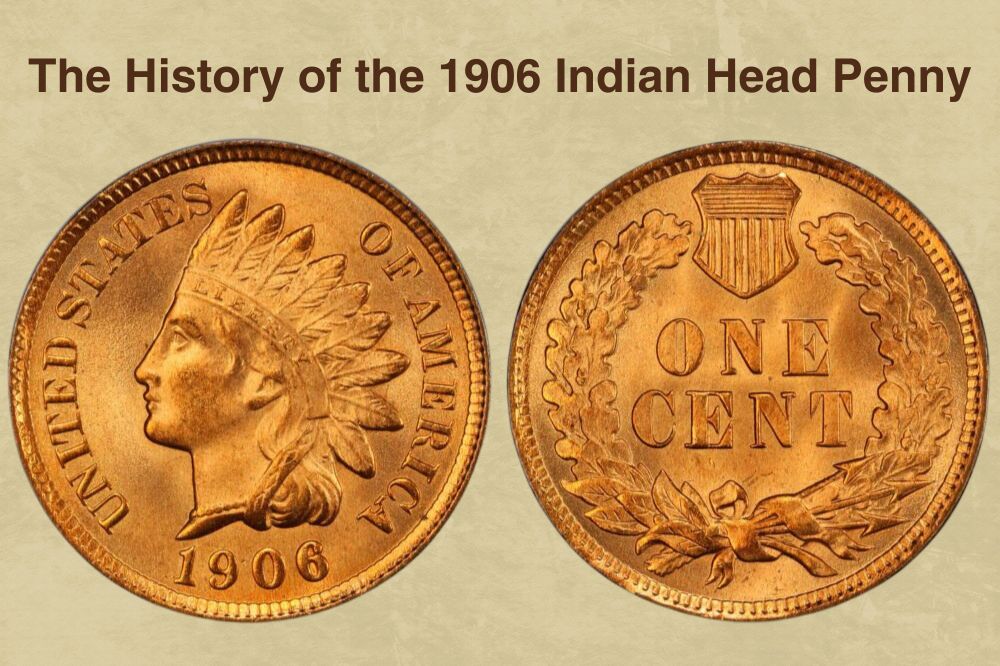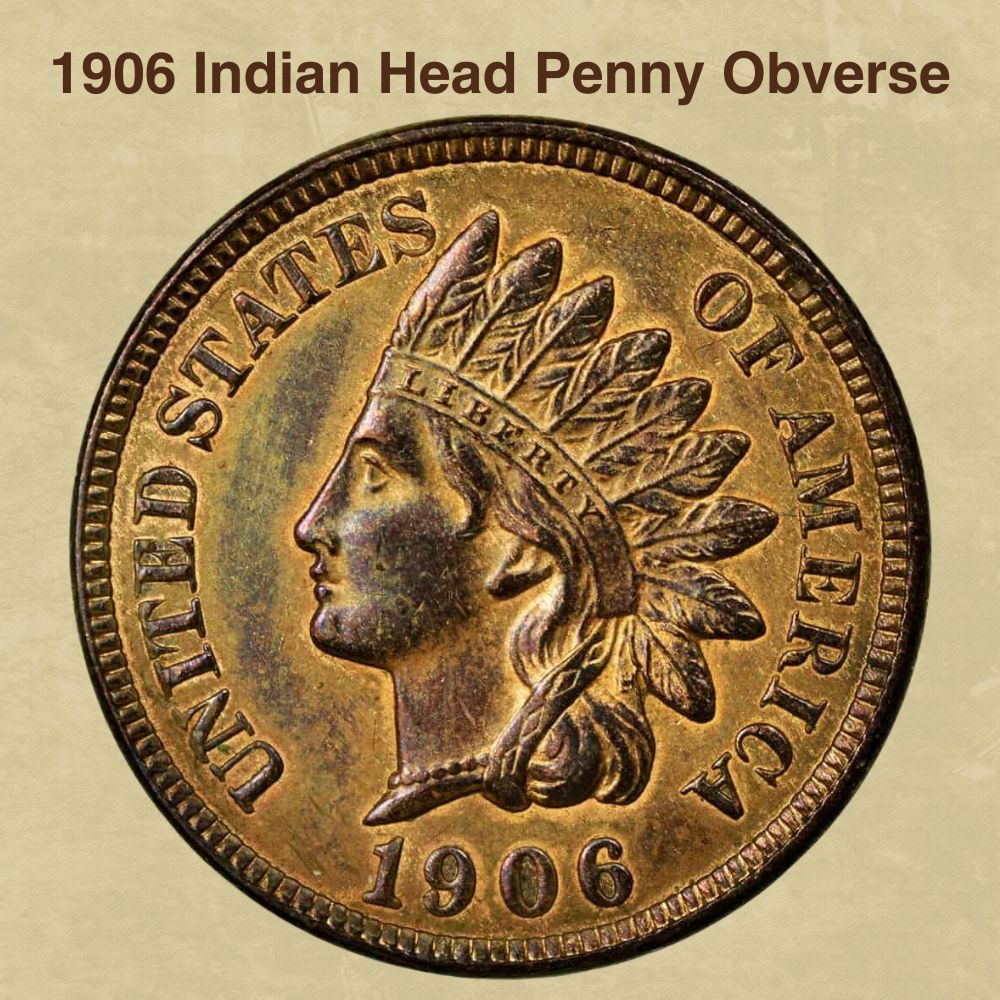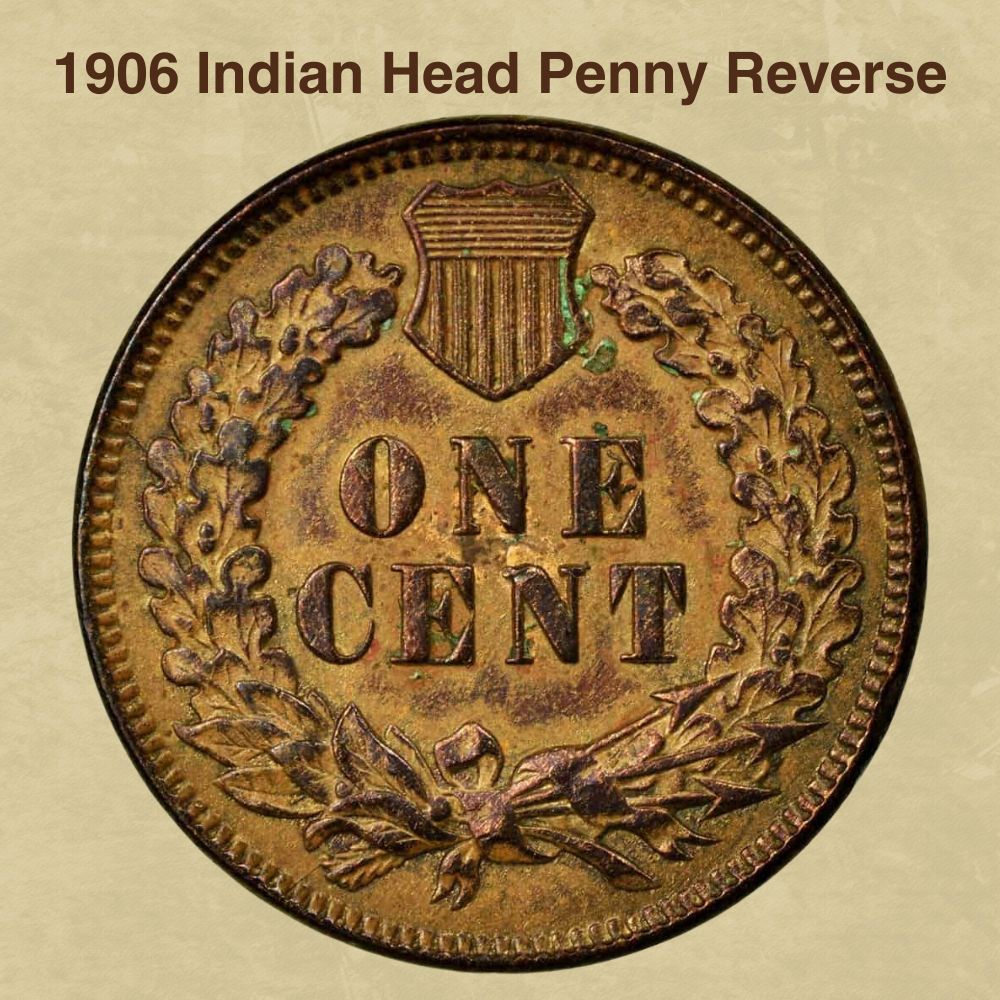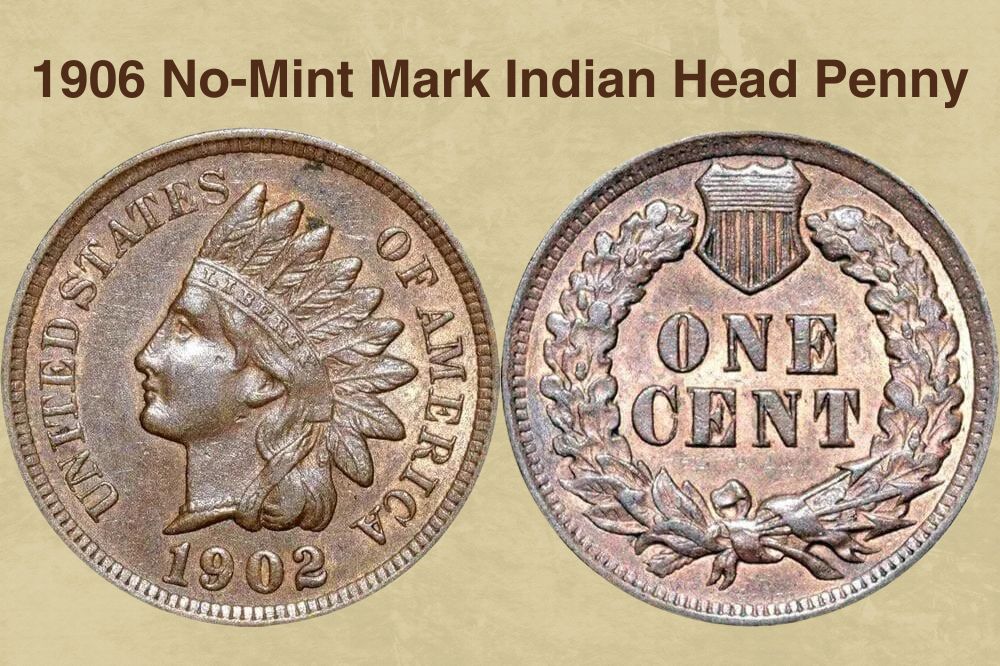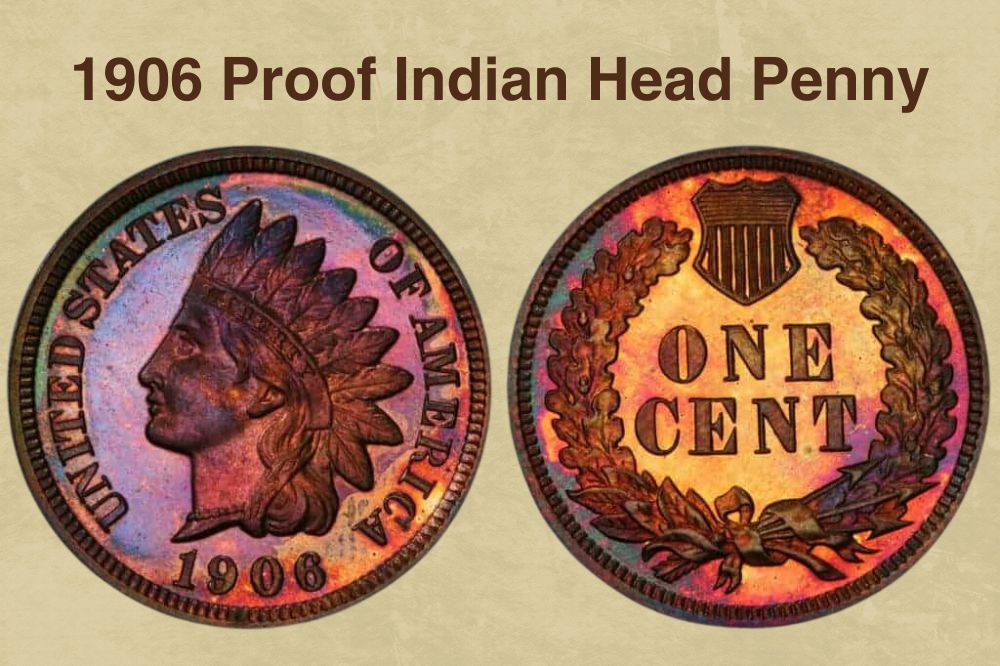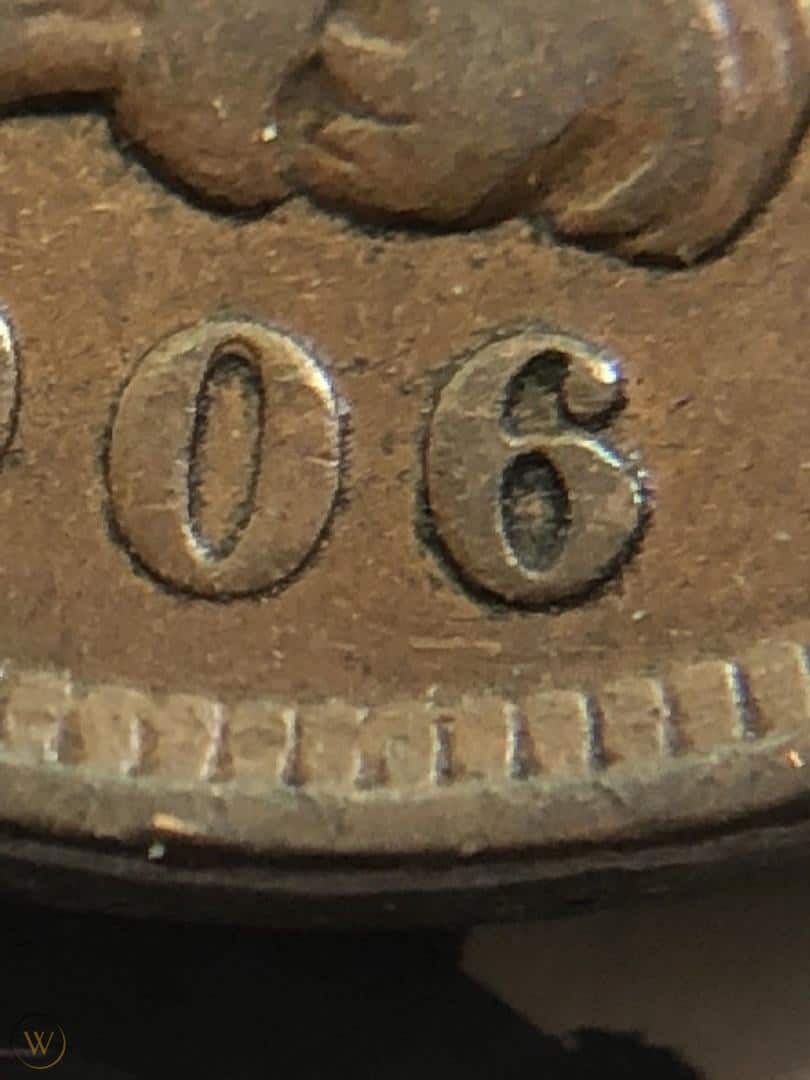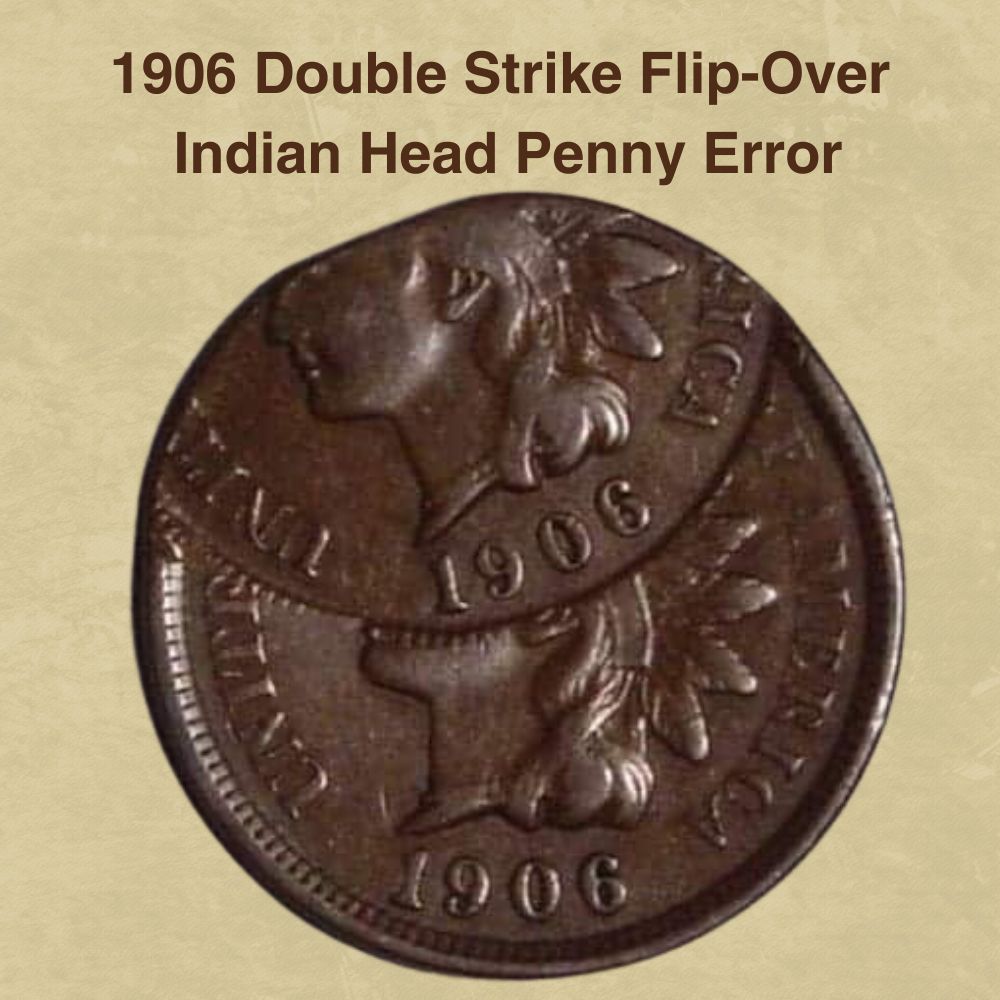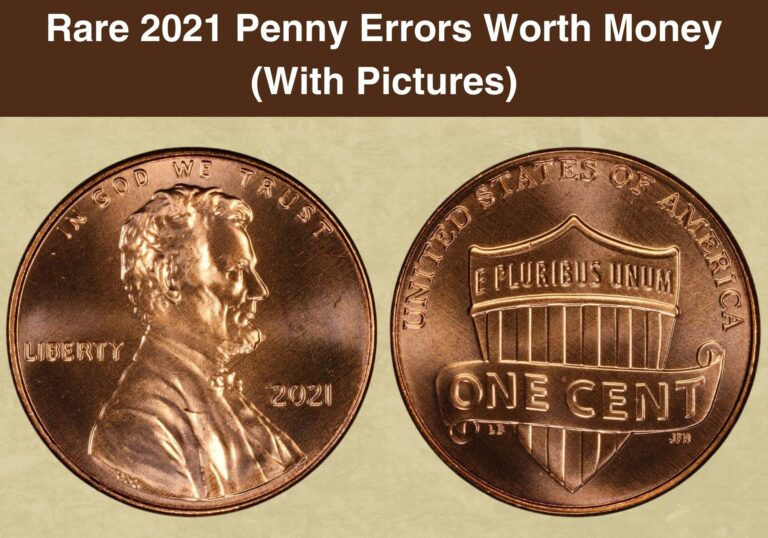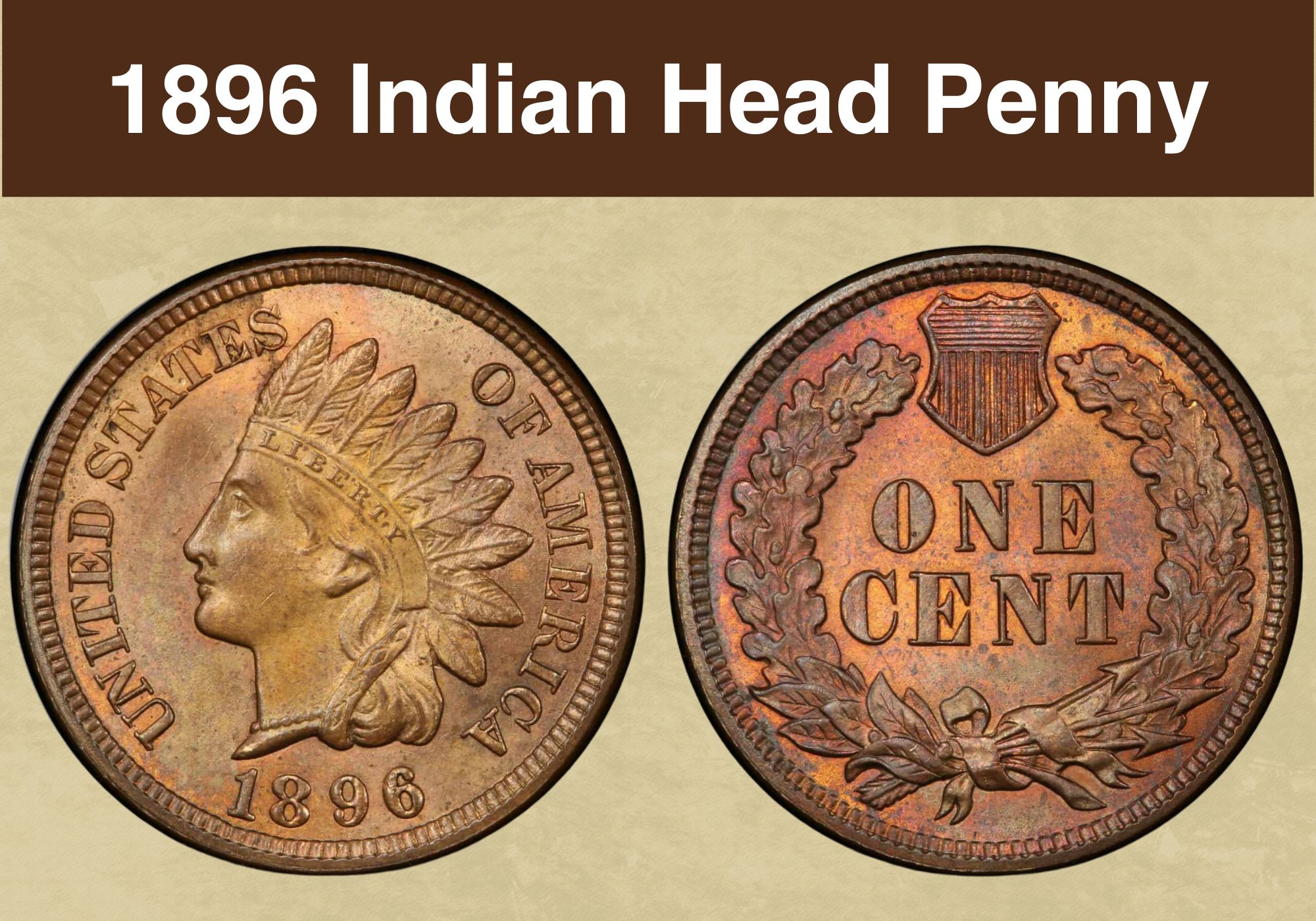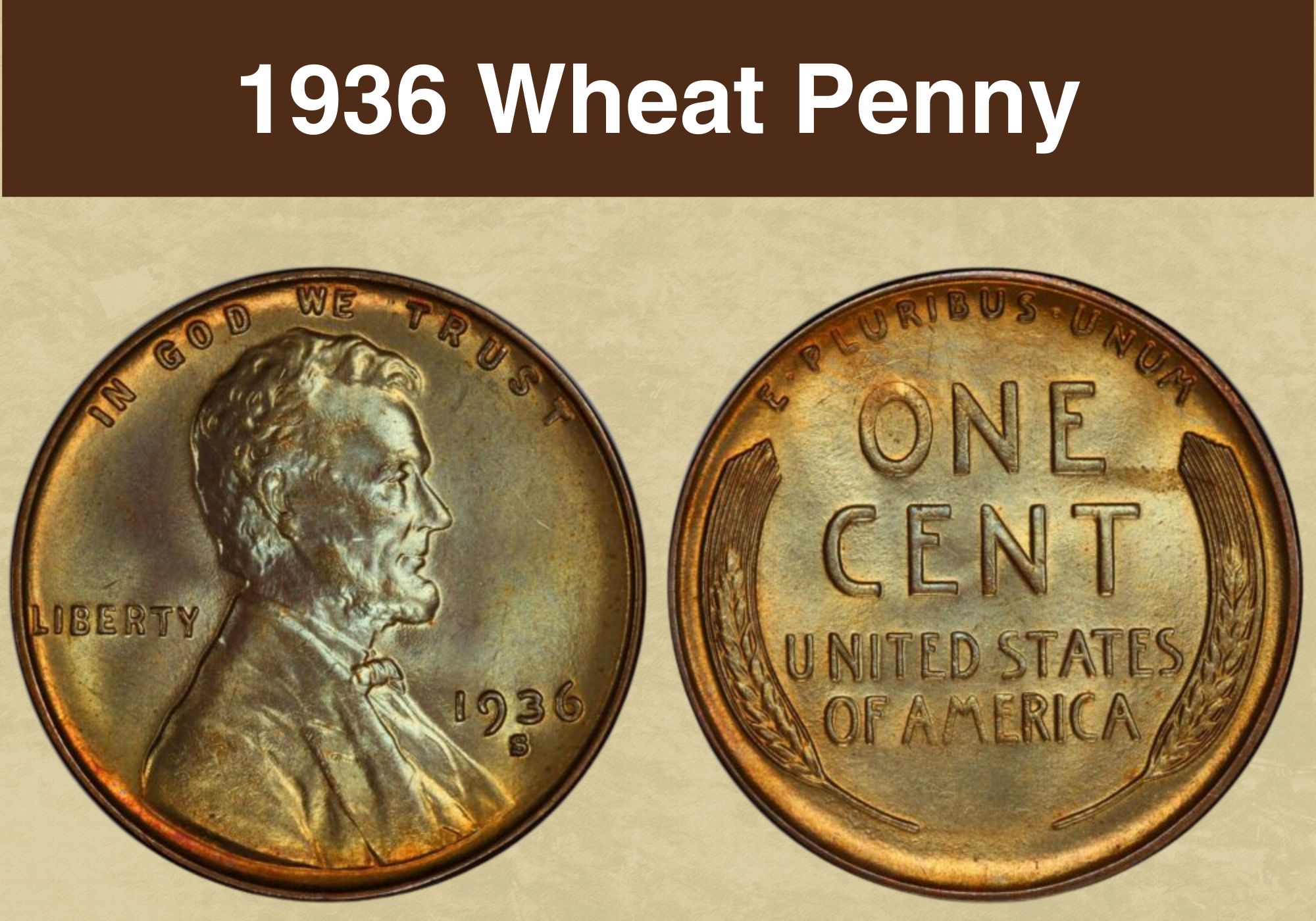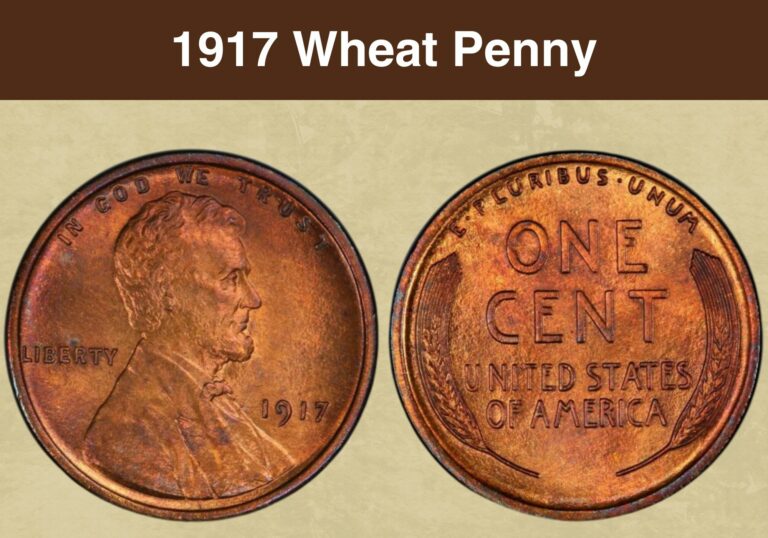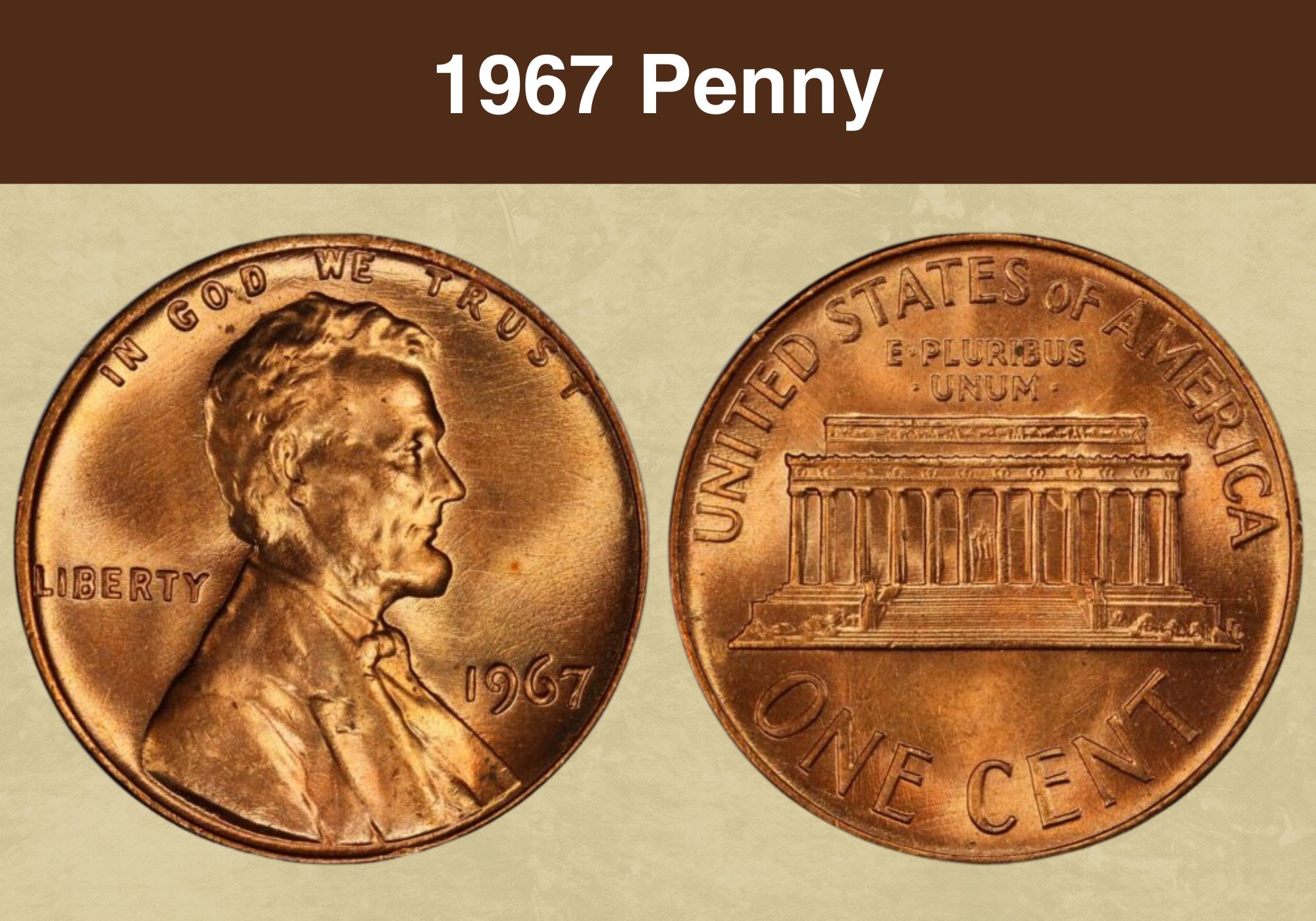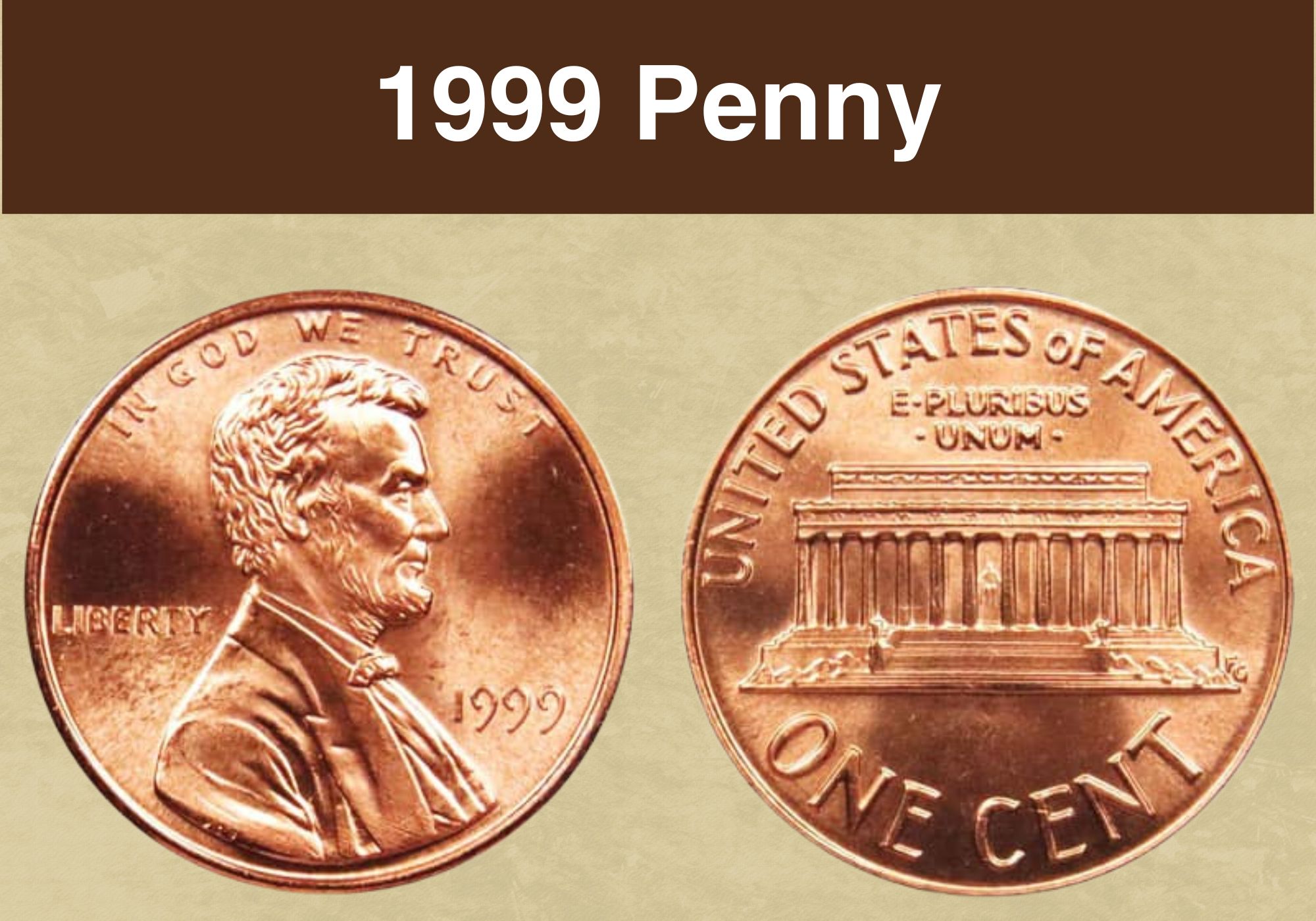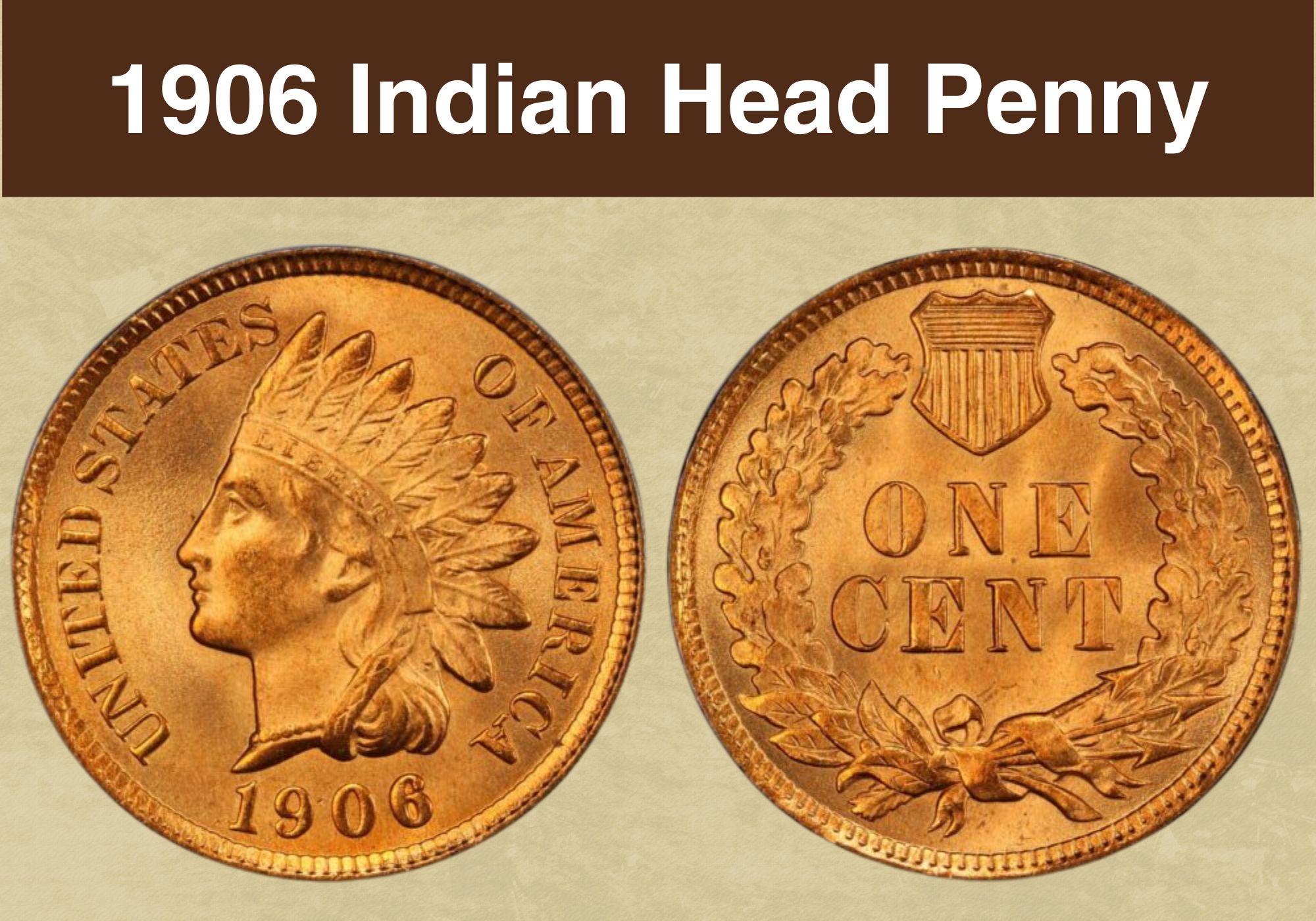
Coin Value Contents Table
- 1906 Indian Head Penny Value Chart
- The History of the 1906 Indian Head Penny
- 1906 Indian Head Penny Grading
- 1906 Indian Head Penny Value Guides
- 1906 No-Mint Mark Indian Head Penny Value
- 1906 Proof Indian Head Penny Value
- Rare I906 Indian Head Penny Errors List
- Where to Sell Your 1906 Indian head penny ?
- FAQ
Are you interested in collecting the 1906 Indian head penny?
Are you curious whether this old coin is worth any money?
Here’s the good news: Indian head pennies are collectible and can be an excellent addition to your collection.
In this guide, we will teach you everything you need to know about the 1906 Indian head penny value.
As you will discover, these old pennies can be worth hundreds or thousands of dollars, especially if you can find fully red, uncirculated gems.
Let’s dive in and find out: What is the value of a 1906 Indian head penny?
1906 Indian Head Penny Value Chart |
||||
| Mint Mark | Good | Fine | Extremely Fine | Uncirculated |
| 1906 No-Mint Mark Indian Head Penny | $2 | $4 | $15 | $390 |
| 1906 Proof Indian Head Penny | – | – | – | $4400 |
The History of the 1906 Indian Head Penny
The Indian head penny, designed by Chief Mint Engraver James Barton Longacre, is a predecessor of the popular Lincoln cent. Also known as the Indian Head cent, this coin’s history can be traced to 1858 when the United States Mint began production.
Before 1858, the one cent was struck from 90% silver and was a large coin about the size of half a dollar. However, with the discovery of large amounts of gold in the Western United States, copper prices shot up drastically, making it expensive for the Mint to produce large copper coins despite these once being their profit points.
To save costs in the face of high copper prices, the Mint lowered the copper composition in the cent to 88% and 12% nickel and reduced the coin’s size. The Mint also redesigned the coin into the Flying Eagle Cent, the first copper-nickel coin in the country.
But, by 1858, the Mint quickly discovered that the Flying Eagle design was difficult to mint and began looking for alternatives. The Mint Director James Ross chose the Indian Head design for the obverse and a laurel wreath for the reverse, replaced by an oak wreath in 1860.
In most years since the end of the Civil War, the Indian Head cent was extremely popular, which encouraged the Mint to produce and release large numbers of these coins into circulation.
The mintage peaked at 96,022,255 in 1906 and 100 million in 1907, the highest mintage of the series. The Lincoln cent replaced the Indian Head cent in 1909, marking the end of the series.
Also read: 12 Most Valuable Lincoln Penny Worth Money
The Features of the 1906 Indian Head Penny
Let’s now explore the unique characteristics of the 1906 Indian Head penny. Familiarizing yourself with the coin’s attributes and appearance can help in grading and identifying 1906 Indian Head pennies worth money.
The Obverse of the 1906 Indian Head Penny
The India head penny is a beautiful coin on the head and tail sides. For the head side or obverse, designer Longacre created a portrait of the allegorical Lady Liberty donning a traditional Indian headgear.
Legend has it that the person depicted on the Indian Head penny was Longacre’s daughter, Sarah. Although the portrait resembles Sarah, Longacre refuted these rumors, asserting that the portrait was inspired by a statue of Crouching Venus in Philadelphia lent by the Vatican.
In addition to the bold image of the right-facing Indian Head portrait, the coin’s obverse also features the words UNITED STATES along the right inner rim and OF AMERICA on the left inner rim.
The year date, 1906 also appears prominently at the bottom along the inner rim.
The Reverse of the 1906 Indian Head Penny
The reverse of the 1906 Indian Head penny spots a simple yet elegant design. A union shield appears at the top, symbolizing peace and unity following the bloody Civil War.
Two oak wreaths appear on the left and right side and are daintily tied together at the bottom using a ribbon.
A bunch of arrows protrudes through the ribbon knot, symbolizing a readiness to defend and shield the country against adversaries.
Finally, the coin’s denomination, ONE CENT, appears prominently in the middle of the coin.
Other Features of the 1906 Indian Head Penny
The 1906 Indian Head penny is a relatively small coin measuring 19.00 millimeters and weighing 3.00 grams.
The coin is made of 95% Copper, 5% Tin, and Zinc and comes with a plain edge.
The 1906 Indian head penny was struck in Philadelphia in regular strikes and as proofs. As per tradition, the regular strikes minted in Philadelphia do not have a mint mark either on the obverse or reverse; the same applies to the proof coins.
Also read: 13 Most Valuable Wheat Penny Worth Money
1906 Indian Head Penny Grading
Grading Indian Head pennies, including the 1906 pennies, requires assessing the coin’s eye appeal. Since most circulated examples are worn, you are more likely to realize a premium when focusing on uncirculated examples.
Check that your uncirculated penny presents an original shiny luster. When observed under a single light source, the luster should be complete from one point of the rim to the other on both sides.
You may notice light radiating and bouncing from high spots such as Liberty’s cheek, underneath her eye, chin, jawline, and hair tips on the obverse.
On the reverse, observe the light dancing around the edges of the oak wreath, the coin’s denomination, ONE CENT, and the ribbon knot.
| # | Grade |
|---|---|
| 1 | Basal State-1 |
| 2 | Fair |
| 3 | Very Fair |
| 4, 5, 6 | Good |
| 7, 8, 10 | Very Good |
| 12, 15 | Fine |
| 20, 30 | Very Fine |
| 40 | Extremely Fine |
| 50 | About Uncirculated |
| 60 | Mint State |
| 65 | Mint State |
| 70 | Mint State |
Please check our grading guides to know your coin scale, It’s the necessary step to know the exact value of your coin.
Check out now: How to Grade Indian Head Penny?
1906 Indian Head Penny Value Guides
So, how much is a 1906 Indian head penny worth?
The 1906 Indian head penny value depends on factors such as the coin’s condition, rarity, and presence of notable errors. The color also plays a role in the coin’s value, with brown cents being the least valuable and fully brown ones being the most desirable among collectors.
The penny mintage in 1906 was high, so this coin, despite its age, is not rare. The Indian Head pennies from 1906 are quite common in all grades, which can be attributed to the high mintage.
Some error varieties in this series are popular, with collectors willing to pay hundreds of dollars for these coins.
There are two main varieties of the 1906 Indian Head penny whose value we shall explore in detail. These are the:
- 1906 No-Mint Mark Indian Head Penny
- 1906 Proof Indian Head Penny
1906 No-Mint Mark Indian Head Penny Value
The Philadelphia mint struck an estimated 96,020,530 Indian Head cents in 1906. This is undoubtedly a high mintage, making these coins common and affordable even for newbie collectors.
A 1906 Indian Head penny graded as Fine is worth about $4, while one About Uncirculated will fetch as much as $35.
Generally, you can expect between $2 and $35 for a brown circulated Indian Head cent dated 1906, which isn’t too bad considering that these figures are well above the face value of this old coin. In mint state, a brown example will fetch as much as $390.
Fully red specimens start from grade MS62, where it would be worth about $90. An example graded MS66 will bring as much as $2200, but a few collectors have sold their gem-quality specimens for much more.
1906 Proof Indian Head Penny Value
In addition to the regular strikes, the Philadelphia facility also produced proof coins.
Proof coins have a superior strike with detailed design and lettering, frosted surfaces, and an admirable shiny luster, setting them apart from the regular strikes.
An estimated 1,725 proof coins were struck at the facility in 1906, categorized as brown, red-brown, red, and cameo, with the latter being a stunning, gem-quality specimen.
Due to the very low mintage, 1906-proof Indian Head cents are scarce, with red and cameo examples being extremely rare.
Brown proofs from this date will fetch up to $2,250 for specimen graded PF67. Lower-grade examples are relatively affordable, allowing you to grab an attractive PF62 for just $195 and a PF65 for $500.
The most expensive brown 1906 Indian head penny is graded PF67 and sold for an impressive $4,025 in a 2009 Stack’s auction.
Red 1906 Indian Head pennies graded PF62 are worth about $275, but this price can increase to $2,750 for a specimen graded PF66.
A rare PF67 fetched a whopping $14,950 in 2009 at a Heritage Auctions sale, while a cameo that is graded PF67 was auctioned for $30,550 at a Stack’s Bowers sale in 2017.
Also read: 17 Most Valuable Indian Head Penny Worth Money
Rare I906 Indian Head Penny Errors List
Although collectors typically prefer perfect-looking coins, some odd-looking ones can be worth a fortune if you know what to look for.
The same applies when collecting 1906 Indian Head pennies; uncirculated, gem-quality specimens are generally more desirable. But some error coins can fetch hundreds and even thousands of dollars, so don’t dismiss any odd-looking Indian Head pennies you might come across.
Let’s look at some notable 1906 Indian Head penny errors worth money.
1906 Repunched Date Indian Head Penny Error
A re-punched date error occurs when a number is punched into a working die containing a different number.
In this case, mint workers attempted to punch the number 6 into a working die containing the number 5. Presumably, this was a 1905 Indian Head penny working die.
When the die strikes the planchet, the number 6 in the year date looks like it has been filled in because it was punched over the number 5 already on the working die.
A 1906 re-punched date Indian Head penny error can fetch up to $250 depending on the coin’s condition. Coins in higher grades can fetch slightly more, with collectors willing to pay as much as $400 for mint state examples.
1906 Double Strike Flip-Over Indian Head Penny Error
Double-strike flip-over errors are uncommon, but they happen and can attract a premium.
This error occurs when the punching die strikes the planchet normally the first time. But, the coin accidentally returns to the coining chamber or fails to exit, landing in the punching press opposite to the first strike. This results in the press punching the obverse design on the coin’s reverse side or vice versa.
In the case of the 1906 Indian Head penny, the coin flipped over with the obverse facing down, so the reverse design was punched over the obverse design. You will notice the coin’s denomination, ONE CENT, showing over Liberty’s face on the obverse.
A 1906 double-strike flip-over Indian Head penny error is worth about $600. Lower-grade coins with this kind of error will fetch slightly less at about $50, which is still impressive.
Also read: 11 Most Valuable Wheat Penny Errors
Where to Sell Your 1906 Indian head penny ?
Now that you know the value of your coins, do you know where to sell those coins online easily? Don’t worry, I’ve compiled a list of these sites, including their introduction, pros, and cons.
Check out now: Best Places To Sell Coins Online (Pros & Cons)
FAQ
What is the composition of the 1906 Indian head penny?
Some collectors wrongly assume that the 1906 Indian head penny and others in the series are made of pure copper. The truth is these coins comprise 95% copper and 5% zinc. Despite the seemingly high amount of copper, you will not get a premium from smelting these coins to obtain copper metal.
How many 1906 Indian head pennies were made?
The Philadelphia Mint made about 96,020,530 regular strikes and 1,725 proof Indian Head pennies in 1906, bringing the estimated total to 96,022,255. This is a lot of pennies. In fact, it is the second-highest mintage in the series after the 1907 date.
How can you tell if an Indian Head penny is real?
The first major sign to look for is the shape of the numbers and letters. Usually, these will look distorted and generally odd, a sign of a bad fake Indian Head penny. You should also pay attention to the quality of the planchet and the coin’s color. Ideally, the planchet should be eve and solid with no hollow feeling at the coin’s core, as with fake pennies.
Where is the mint mark on a 1906 penny?
The 1906 Indian Head penny does not have a mint mark. These coins were struck in Philadelphia; coins from this minting facility typically do not have a mint mark.

